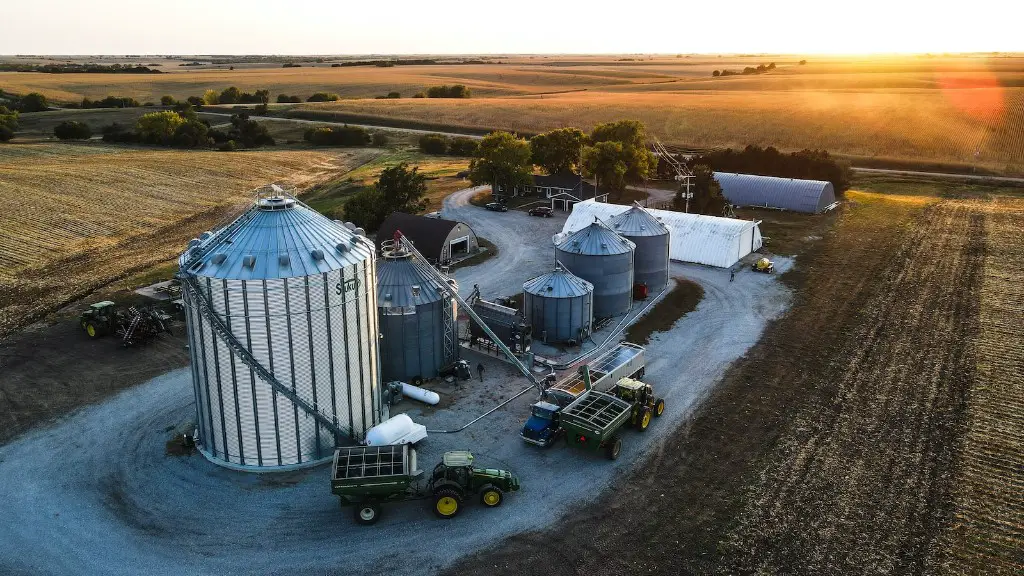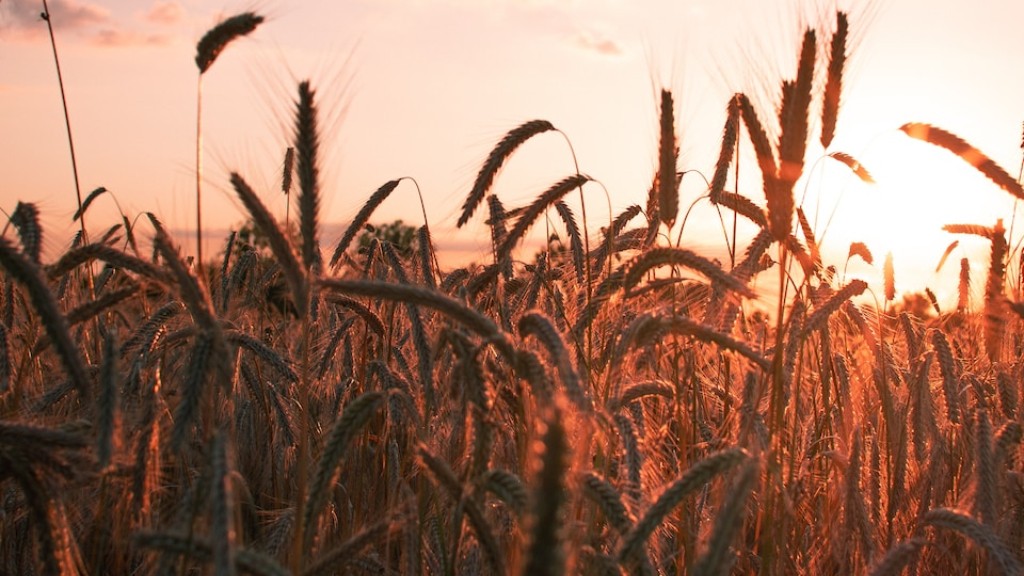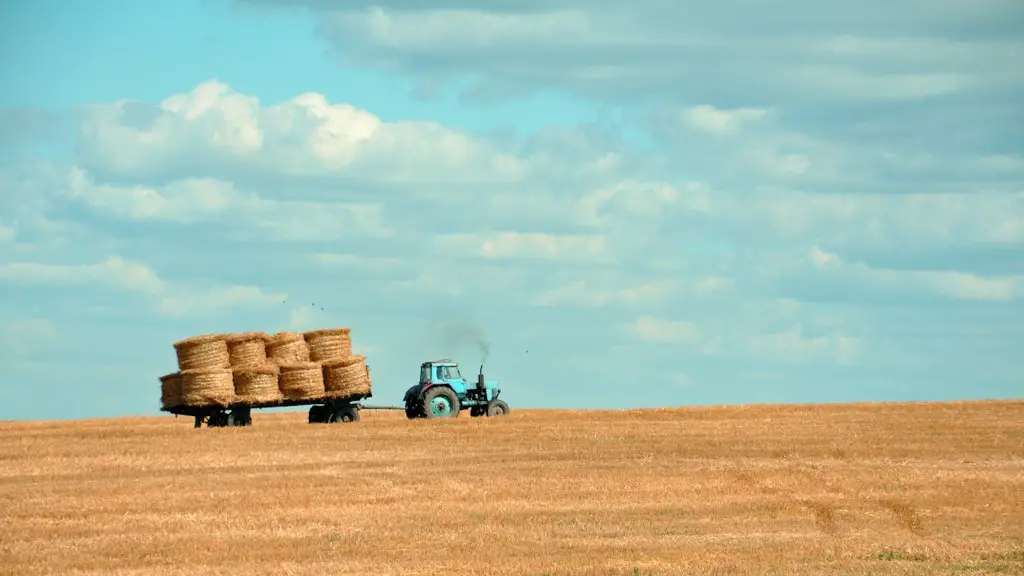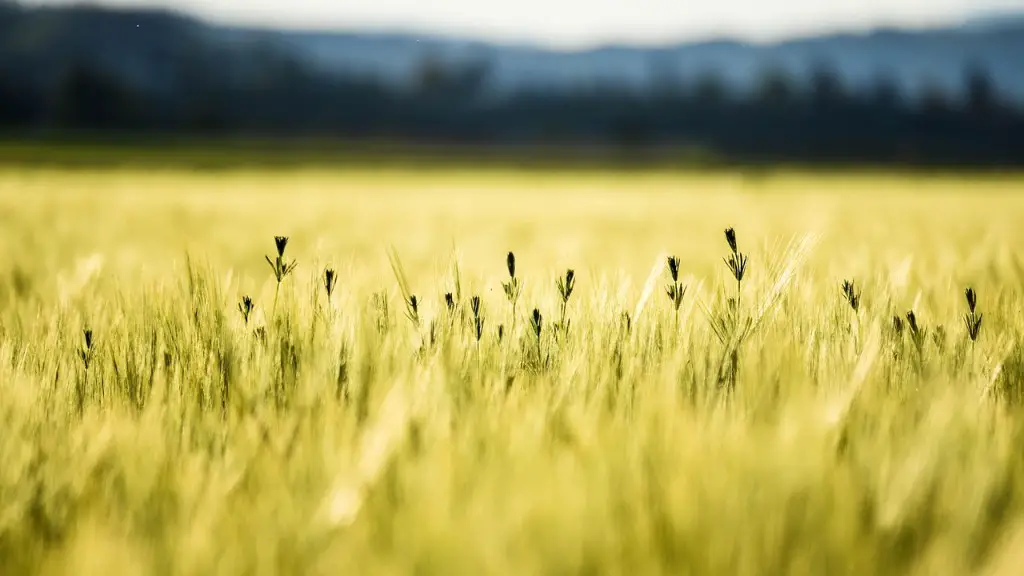The Federal Republic of Nigeria, commonly referred to as Nigeria, is a federal republic in West Africa, bordering Benin in the west, Chad and Cameroon in the east, and Niger in the north. As of 2015, Nigeria is the world’s 20th largest economy, worth more than $500 billion and $1 trillion in terms of nominal GDP and purchasing power parity respectively. agriculture in nigeriaAgriculture in Nigeria is a significant sector of the economy and plays a central role in the country’s development. Nigeria is a major producer of a range of crops, including maize, wheat, rice, millet, sorghum, yams,rubber, cotton, groundnuts, soybeans, cassava, and cocoa beans. The country is also a major producer of livestock, including cattle, sheep, goats, and pigs. In terms of agricultural output, Nigeria is the largest producer of yams in the world, and the second-largest producer of cassava. Nigeria is also a significant producer of livestock, with large numbers of cattle, sheep, and goats.
Agriculture is an important sector of the Nigerian economy, accounting for approximately 24% of the country’s GDP and employing about 60% of the workforce. The sector is dominated by small-scale, subsistence farming, with only a small percentage of farms operated by large commercial enterprises. The majority of farms are rainfed, with only a small percentage irrigated. Although the country has significant agricultural resources, the sector is characterized by low productivity and limited value addition. Nigeria’s agricultural sector faces a number of challenges, including infrastructure constraints, limited access to inputs and credit, and weak extension services.
What is the role of agriculture in Nigeria?
Agriculture is the major source of the food supply in Nigeria, as it provides food for all other sectors in the country. Agriculture is the main source of livelihood for the rural people in Nigeria. It is the backbone of the Nigerian economy, and it plays a vital role in the development of the country. The sector provides employment for the majority of the workforce in Nigeria. Agriculture also contributes to the GDP of the country.
Commercial agriculture is a type of farming that is done on a large scale in order to produce crops that can be sold for a profit. Crops that are commonly planted in commercial quantities include coconut, rubber, maize, cocoa, oil palm, cassava, yam, and so on. Commercial agriculture requires improved farm inputs and technology in order to be successful. This type of agriculture promotes the production of raw materials for the manufacturing sector, which is beneficial for the economy as a whole.
What is the meaning and types of agriculture in Nigeria
Nigerian farmers play an important role in the country’s economy, growing different crops, fruits, and vegetables. This includes peanuts, corn, yams, sorghum, manioc, sugar cane, soybeans, palm oil and other products. Nigerians also cultivate animals to produce meat, milk products, wool and other different products.
Agricultural holdings in Nigeria are small and scattered, and farming is often of the subsistence variety, characterized by simple tools and shifting cultivation. These small farms produce about 80% of the total food. About 307 million hectares (76 million acres), or 33% of Nigeria’s land area, are under cultivation.
Does Nigeria rely on agriculture?
Agriculture is vital for Nigeria’s economy and employs a large portion of the population. The sector has great potential but faces many challenges, such as poor infrastructure and limited access to markets and inputs. The government is working to address these issues and attract more investment into the sector. With continued support, Nigeria’s agricultural sector has the potential to thrive and provide a prosperous future for the country.
This is a major problem because poor quality seeds lead to reduced crop yields, which in turn hurts farmers’ livelihoods. Despite efforts by successive governments to improve access to good quality seeds, farmers still face difficulties in getting them when they need them. This needs to be addressed urgently in order to help farmers improve their yield per hectare.
What is the 4 types of agriculture?
There exist four main branches of agriculture, namely;
Livestock production-
This branch deals with the raising of domesticated animals such as cattle, pigs, sheep, and poultry for the purpose of meat, milk, or egg production.
Crop production-
This branch deals with the cultivation of plants such as grains, fruits, vegetables, and nuts.
agricultural economics-
This branch deals with the economic factors that affect the agricultural industry, such as pricing, supply and demand, land use, and policies.
agricultural engineering-
This branch deals with the application of engineering principles and technology to the problems faced by the agricultural industry, such as food production, food processing, and soil and water conservation.
Farming is an agricultural process that involves activities like planting, harvesting, and raising livestock. There are different types of farming, each with its own distinct methods and purposes.
Dairy farming is a type of farming that focuses on the production of milk and other dairy products. Commercial farming is another type of farming that involves the production of crops and livestock for sale and profit. Plantation farming is a type of commercial farming that is typically used for the production of crops like coffee, tea, and cocoa.
Commercial grain farming is a type of farming that focuses on the production of grains like wheat, rice, and corn. Commercial mixed farming is a type of farming that combines the production of crops and livestock. Primitive subsistence farming is a type of farming that is typically used for the production of food for the farmer and their family.
Intensive subsistence farming is a type of farming that is typically used for the production of food for a larger population. This type of farming usually involves the use of irrigation and other methods to increase crop yield.
What are the 2 main types of agriculture
Subsistence agriculture is the traditional form of agriculture, where farmers grow crops and rear animals to meet their own needs, rather than selling them. This type of agriculture is usually found in developing countries, where farmers often have very small plots of land and limited access to resources and technology. Subsistence agriculture is often very labour intensive, as farmers have to do everything by hand.
Industrialized agriculture is the type of agriculture that is typically found in developed countries. Farmers in these countries have large plots of land and use sophisticated machinery and technology to grow crops and rear animals. This type of agriculture is much more efficient than subsistence agriculture, as farmers can produce a lot more food using less land and labour.
The agricultural sector has played a vital role in Nigeria’s economy, contributing an average of 24% to the country’s GDP over the past 9 years (2013-2021). This sector has also provided employment for about 3497% of Nigeria’s population, making it a significant driver of economic growth and development.
Despite its importance, the agricultural sector in Nigeria faces a number of challenges, including low productivity, inadequate infrastructure, and limited access to markets. These challenges need to be addressed in order to unlock the sector’s full potential and ensure that it continues to play a key role in Nigeria’s economic growth and development.
How does agriculture contribute to Nigerian economy?
Nigeria’s agricultural sector is a significant contributor to the country’s GDP. Between July and September 2021, the sector contributed almost 30 percent to the country’s total GDP, an increase of about six percentage points compared to the previous quarter. Nigeria’s agricultural sector is vital to the country’s economy and provides employment for millions of Nigerians. The sector also provides a large share of the country’s export earnings.
The history of agriculture in Nigeria dates back far into the pre-colonial era. Subsistence agriculture was the overwhelmingly dominant form on the eve of European colonial rule in Nigeria. In this enterprise, food production featured prominently and there was self-sufficiency in the food supply.
What is the current status of agriculture in Nigeria
The agricultural sector plays a vital role in the economy of any country. It is one of the most important contributors to the GDP. The sector provides employment to a large number of people and also provides raw materials to industries. The sector contributes to the export earnings of the country. The sector also provides food security to the country.
There are three main stages of agriculture: traditional, technologically dynamic low capital, and technologically dynamic high capital. Traditional agriculture is the most basic form of agriculture, and usually refers to subsistence farming, where farmers grow just enough to feed themselves and their families. Technologically dynamic low capital agriculture describes a type of agriculture that is more efficient and productive than traditional agriculture, but uses less capital, such as machinery and other resources. Lastly, technologically dynamic high capital agriculture is the most productive and efficient type of agriculture, and uses a large amount of capital, such as expensive machinery and other resources.
What are three challenges that Nigeria’s agricultural sector is facing?
It is no secret that Nigeria’s agricultural sector is facing many challenges. One of the primary challenges is access to farmland. Not enough arable land is available to meet the needs of the country’s farmers. Another challenge is inadequate financing. There is not enough money available to invest in the agricultural sector. The transport system is also poor, making it difficult to get crops to market. The road network is in poor condition and the aging farmer population is not able to keep up with the demands of modern farming. Another challenge is the education of farmers. Many farmers lack the skills and knowledge necessary to implement modern farming methods. Finally, the farming system itself is outdated and in need of reform. Insecurity is also a problem, as farmers cannot work their land without fear of attack. All of these factors contribute to the decline of the agricultural sector in Nigeria.
The oil sector is the most important sector in Nigeria, contributing 95% of the country’s foreign exchange earnings and 80% of its budgetary revenues. The sector is also a major source of employment, with an estimated 2.6 million people employed in the oil and gas industry in Nigeria.
Which country is No 1 in agriculture
China is a leading agriculture producer of fruit, vegetables, cereals, cotton, eggs and poultry. They have only 10% of arable land worldwide but produce a quarter of the global grain output. This is due to the country’s efficient agricultural practices and techniques. The Chinese government has also been investing in the agriculture sector to further increase production.
In Nigeria, agriculture is the backbone of the rural economy, generating about 35 percent of gross domestic product (GDP) and providing by far the largest source of rural employment. However, growth in the agricultural sector has fallen short of expectations.
There are many reasons for this. One is that the sector is still largely subsistence-oriented, with small farmers using traditional methods and limited access to technology and inputs. This has limited productivity growth.
Another reason is that the sector is vulnerable to climate shocks, such as droughts and floods. This is a particular problem in the Sahelian region of the country, where farmers are often reliant on rainfall for their crops.
The government has recognized the need to boost the agricultural sector and has introduced a number of initiatives, such as the Agricultural Transformation Agenda. However, more needs to be done to increase productivity and make the sector more resilient to shocks.
Warp Up
Nigeria’s agriculture is characterized by a large number of small-scale farmers producing a variety of crops. The country has a vast land area and a rich endowment of natural resources, including large tracts of arable land, abundant water resources, and a favorable climate. Agriculture is the mainstay of the Nigerian economy, accounting for about 60 percent of the country’s GDP and employing about 70 percent of the labor force. The main crops grown in Nigeria are cassava, yams, cocoyams, maize, rice, millet, sorghum, beans, cowpeas, and groundnuts.
Agriculture is the backbone of Nigeria’s economy and plays a vital role in the country’s development. Agriculture contributes to about 24% of the country’s Gross Domestic Product (GDP) and employs about 60% of the country’s workforce. The sector is a major source of foreign exchange earnings and provides raw materials for the country’s industries. Nigeria’s vast agricultural resources include arable land, water resources, livestock, and a variety of minerals. The country’s tropical climate is also conducive to the cultivation of a wide variety of crops.





